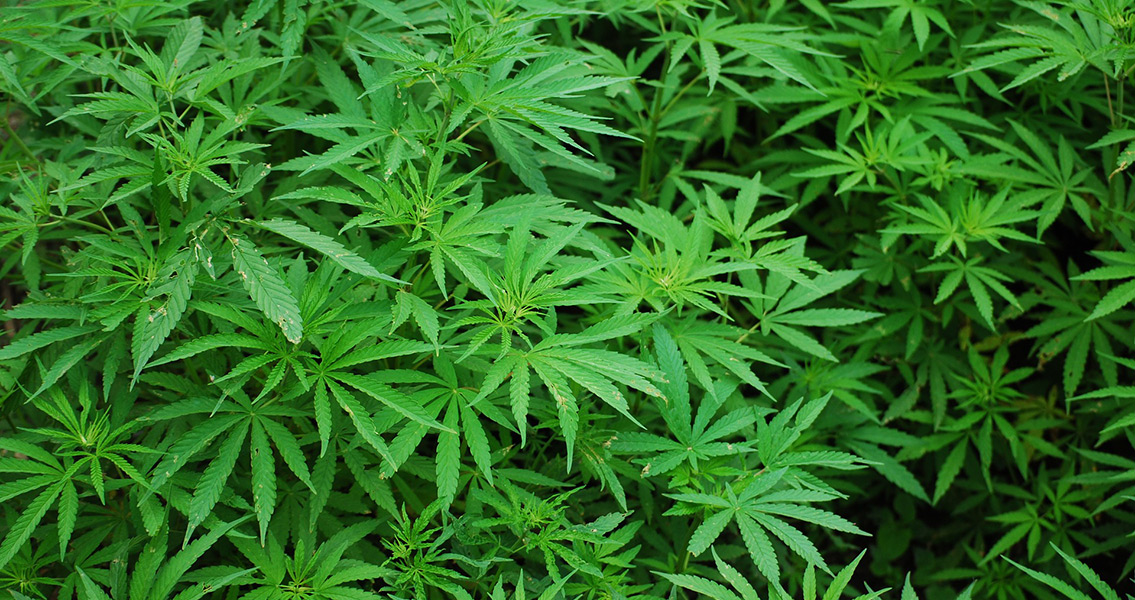<![CDATA[Around 10,000 years ago prehistoric humans began using cannabis, a new research study has found, and not just in one small corner of the globe. The psychoactive plant, which has a multitude of other uses in addition, seems to have come into use in both Eastern Europe and Japan sometime between 11,500 and 10,200 years ago according to new archaeological evidence gathered by a team of researchers from Germany’s Free University of Berlin. Pavel Tarasov, Tengwen Long, and their colleagues at the university say that the fibers, fruit and pollen of the cannabis plant have been showing up in the archaeological record for quite some time, but this is the first survey to put the pieces together to provide a bigger picture of just how widespread the use of cannabis was at such an early time. Originally, prevailing thought concerning the use and spread of cannabis believed it began in Central Asia. However, the research gathered and analyzed by the Free University scientists says that instead there seemed to have been an independent and concurrent discovery of the plant’s usefulness in Eastern Europe and Japan well before there was any regular contact, such as trade, between the two regions. After this, there was a divergence in how, when, and where cannabis was used; the database of archaeological data built by Long and Tarasov indicates that humans in western Eurasia made regular use of the plant, while East Asian records were relatively sparse up until around 5,000 years ago. As far as what changed, Long points to the beginning of the Bronze Age. In an interview with New Scientist, the researcher remarked that covering long distances via horseback became much more common during this era, making it viable to begin to lay the groundwork of the major trade route that would one day become known as the Silk Road. With this so-called “Bronze Road” opening up trade, cannabis and its uses could have been transported from the West to the East. The hypothesis is a new one, remarked Long, and it will require more evidence in order to confirm. However, with cannabis being a relatively high-value commodity, it would have been a likely candidate to be used as an exchangeable good - something the researcher referred to as a “cash crop” before the advent of currency in the first place. There is evidence to back up its use as a traded commodity; Long says that independent research shows that wheat, which was grown in the Near East as early as 10,000 years in the past, began appearing in China’s archaeological record around 5,000 years ago. Although cannabis' psychoactive properties are the most common reason for its use today, there’s no guarantee that this was why it spread so far and wide during the Bronze Age, according to Ernest Small, a representative of Ottawa-based Agriculture and Agri-Food Canada. In an interview with New Scientist, Small remarked that cannabis has so many other uses that it could easily have been sought after for other reasons as well. The new research study, recently published in the journal Vegetation History and Archaeobotany, can be found here]]>
New Research Uncovers Prehistoric Use of Cannabis
